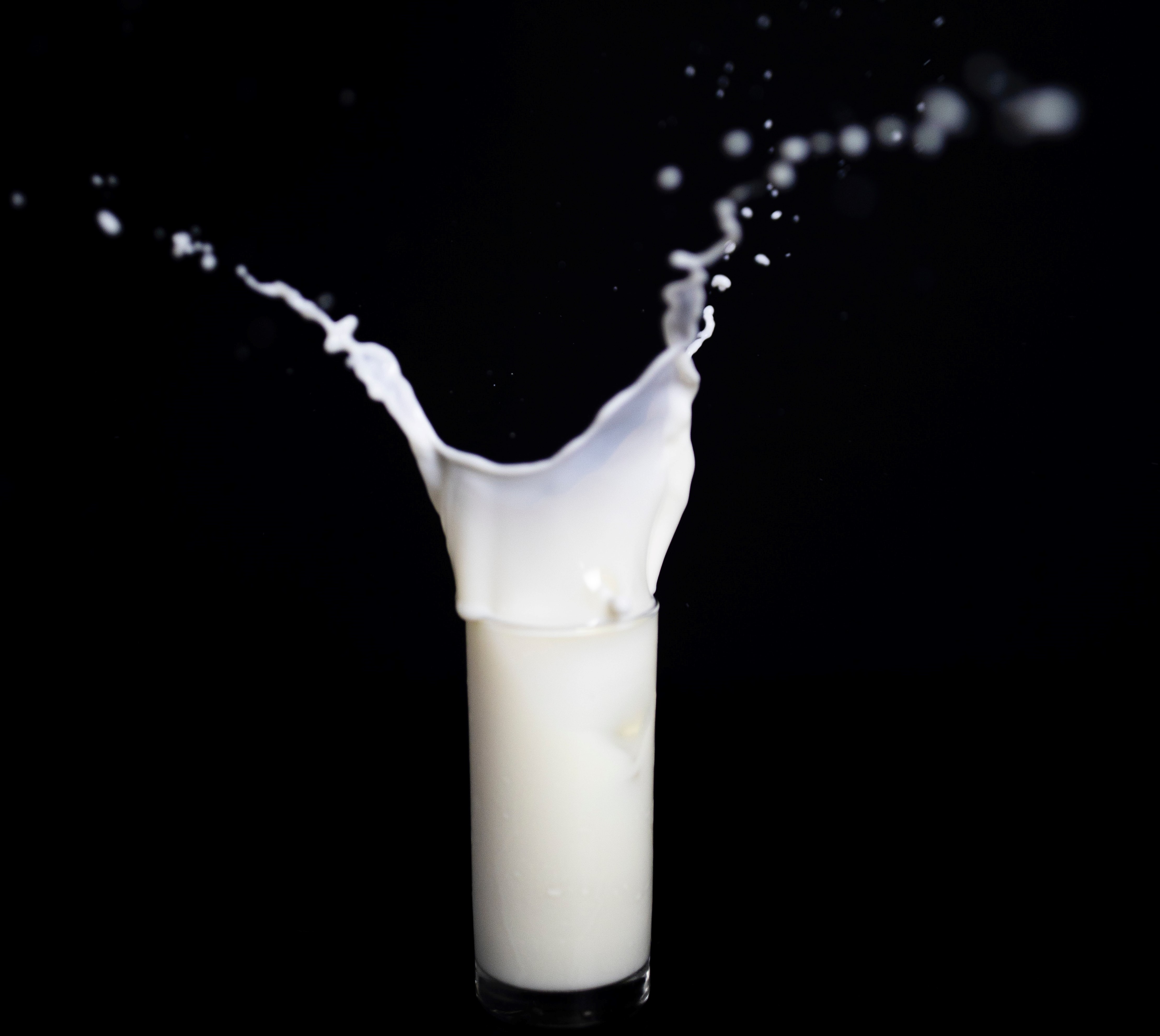January 22, 2021 Markets & Management Update:
It is no secret that fluid milk sales have been in an overall decline since after World War II. There have been years, here and there, where fluid milk sales increased slightly year-over year. Unfortunately, we have yet to achieve sustained growth in this area.
Certain categories, like whole milk, flavored milk, and lactose free, have experienced year-over-year gains for the last couple of years for various reasons. However, there are several reasons why this has not offset the overall decline. Lack of innovation within the fluid milk category, a shift to eating away from home more frequently, and increased competition from other beverages are common reasons cited for declining milk sales.
The COVID-19 pandemic temporarily reversed the negative fluid milk sales trend for a few months in 2020 because demand shifted from food service back to retail. Fluid milk sales data for 2020 will be released in August 2021. It will be interesting to learn what the final fluid milk sales numbers are for the past year.
Taking a closer look at competition, space in the refrigerator for milk has never been as great a commodity as it is today. It is amazing to go into a grocery or convenience store today and see the variety of options for drinks. I remember as a kid, there were basically five main categories to choose from: milk, juices, soft drinks, tea, and coffee. The choices for tea were sweet or unsweet, although in North Carolina, unsweet was not very common. The choices for coffee were regular or decaffeinated. It is staggering to see the expansion in flavored teas and coffees alone. Add in the multitude of other options available like sports drinks, energy drinks and plant-based drinks and you have coolers full of nearly countless options to choose from.

If you watch TV or see advertisements in print media, you may be surprised to learn that plant-based alternatives are not the main competition for milk. Based on market research conducted and reported in 2017, if a consumer chose to drink something besides milk, 53% of the time they chose to drink bottled water instead. Coffee was a distant second with 11% saying they drank coffee instead of milk. Plant-based beverages, encompassing all types, came in fifth with consumers reaching for those only 6.6% of the time.
Fluid milk’s presence in U.S. refrigerators is amazing despite the decades-long decline in sales. According to 2019 International Resources, Inc. (IRI) data, fluid milk is still in 94% of the nation’s households, with 52% of those households exclusively buying milk (33 gallons of milk per year). That means, 42% of U.S. households buy both milk and plant-based alternatives (29 gallons of milk per household compared to only 5 gallons of plant-based beverages). Furthermore, only 3% of households buy plant-based beverages exclusively (9 gallons per household per year). The remaining households (3%) do not buy either milk or plant-based beverages. Plant-based beverages will not go away, nor should they. Having choices is good, and those freedoms are what makes our nation great.
However, those choices should be made on reality, not emotion or misleading marketing gimmicks. We certainly should not ignore the plant-based beverage category, and we should continue our industry efforts to fight the “milk” labeling issue, misleading claims, and sometimes borderline slanderous, inaccurate accusations about the dairy industry. The reason for the decline in milk sales is not single fold nor will be the solution for turning the category around. Supporting those organizations working for you to find solutions is key to making it happen.
Read The Full Report
